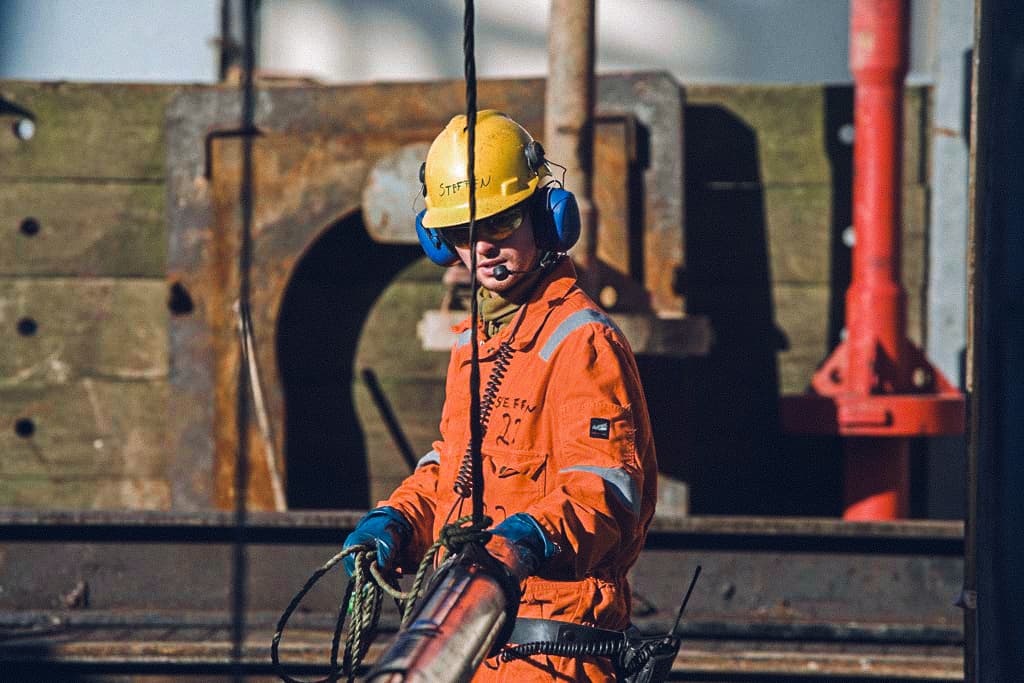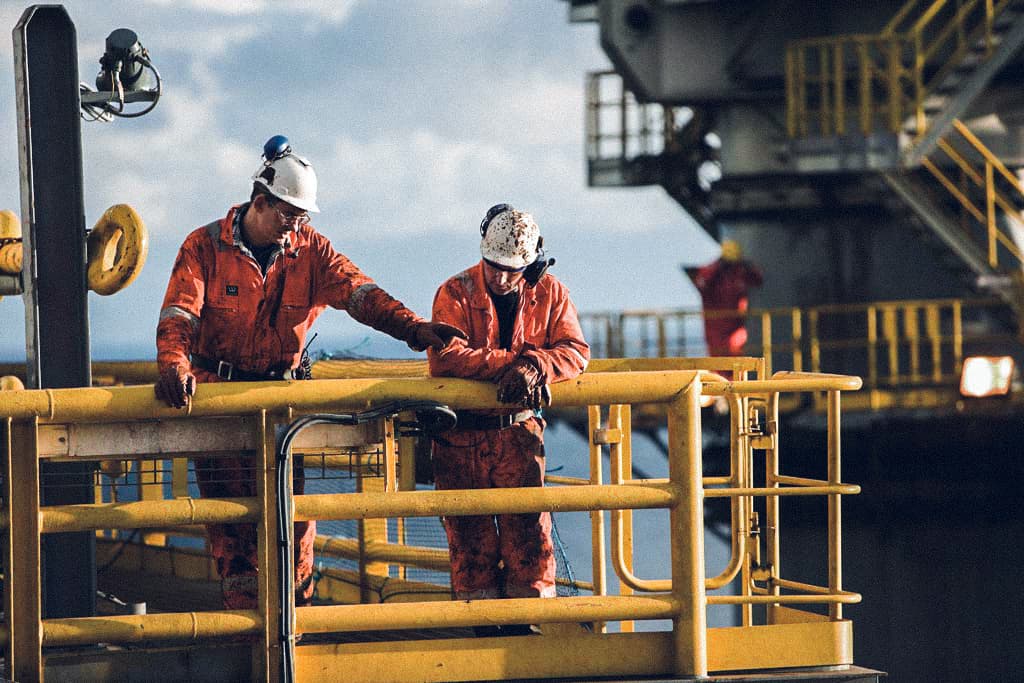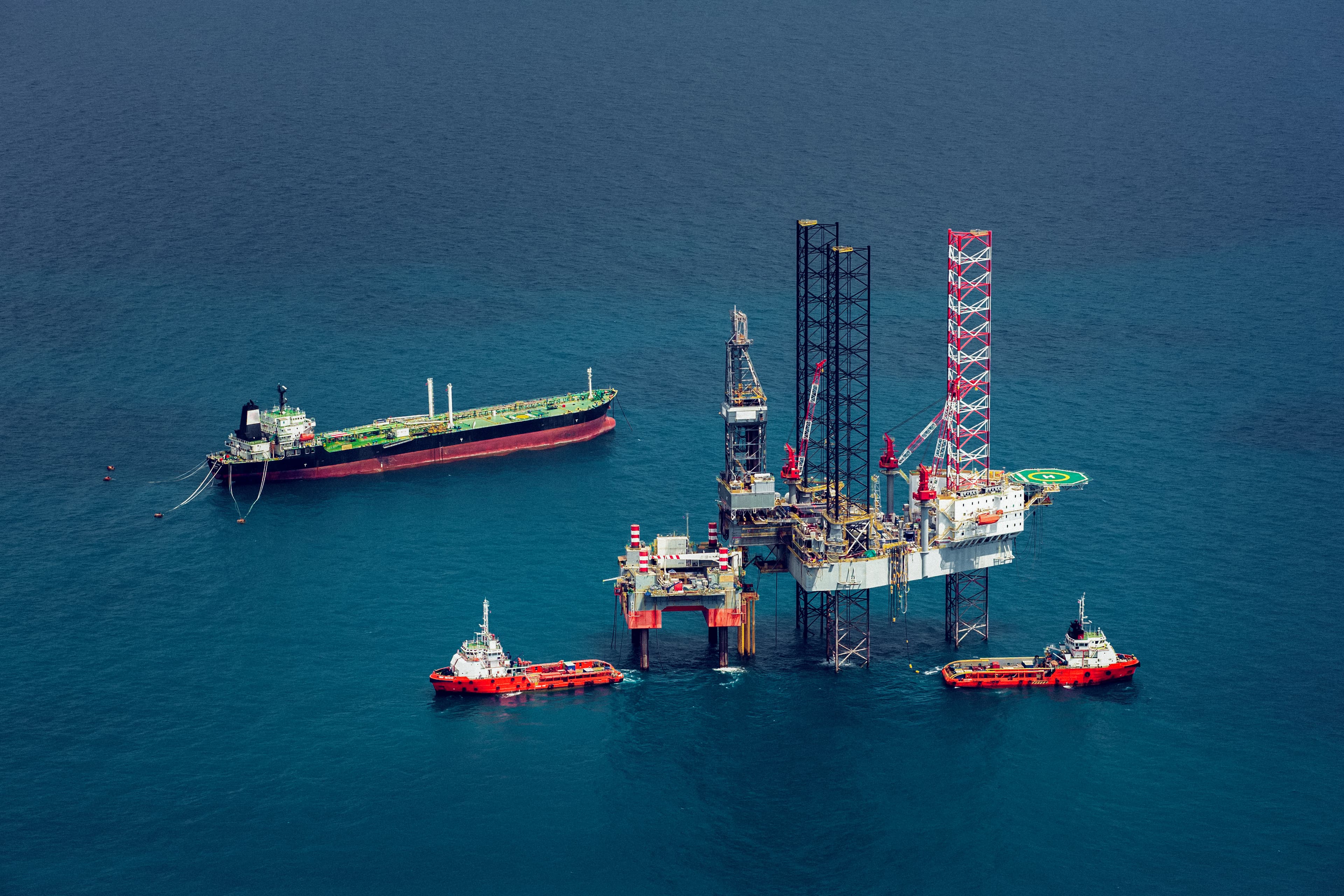Navigating volatility: preparing crews for offshore drilling’s shifting cycles
September 2025

With 14 years working across various segments of the Oil and Gas industry in a commercial capacity, I’ve seen the industry pivot and adapt through multiple cycles, both upturns and downturns. Today’s current market dynamics – a projected soft end to 2025 followed by an anticipated rebound through 2026 and 2027 – brings familiar scenarios for organisations to respond to. What separates successful organisations and teams are those that can remain resilient and adapt to the shifting work scopes, the asset transitions and the need to rapidly mobilize crew.
Navigating volatility: preparing crews for offshore drilling’s shifting cycles
The offshore drilling market is entering another period of transition. Esgian’s June 2025 outlook points to a dip in rig demand this year, with utilisation expected to recover into Q2 2026 and 2027.1 As always with this industry, sentiment can shift very quickly, and some recent contract awards gives hope to a stronger 2025 than anticipated.
This cycle is familiar to the industry and for crews this means periods of rapid upscaling and downscaling. The operational impact is significant: equipment must be ready on short timelines, crews need to be onboarded, teams need to align across multiple disciplines, and safety standards can never be compromised even if schedules are compressed.
Pressures shaping the workforce
As the sector continues to operate in a high-risk environment. Every project brings technical, environmental, and safety requirements, often heightened during periods of operational change. Skills shortages are growing as experienced personnel retire and fewer new entrants join the industry, creating gaps in specialist knowledge and operational awareness.
Training has not always kept pace with technological change. Advances in automation, monitoring, and simulation have enhanced safety and efficiency, but practical, hands-on experience remains essential and with these advances some of the cause effects are actually resulting in the lessening of real-time exposure and practical experience on barrier management for crews and managing unexpected events.
In this context, emergency readiness cannot be treated as an isolated exercise. Realistic drills and scenario-based training are part of a broader need to strengthen adaptability across teams. By practising decision-making and problem solving under complex, high-pressure conditions, crews build the confidence and competence needed to respond not only to operational incidents but also to the wider uncertainties that shape offshore activity.

Operating through uncertainty
With contract suspensions across multiple regions and delays in FID, there have been some ripple effects across the global rig market.2 Some regions have absorbed excess capacity, while others faced delays. Operators had to adjust plans at short notice, redeploy crews, and adapt work scopes.
This volatility demands that personnel are more multi-faceted and can move across departments and functions without the developmental or onboarding processes that would take place in an ideal world. It also requires leaders who can manage mixed-experience teams and maintain operational standards during change.
Managing transitions during acquisitions
Acquisitions and asset transfers add another dimension. When operators take on new rigs or inherit personnel from other companies, differences in procedures, safety culture, and competency levels can create inconsistencies. Aligning these quickly to reduce unknown competency gaps is essential to safe and efficient operations.
With more market consolidations expected, a structured transition process can make the difference between a smooth start-up and a difficult one. This includes mapping current skills against new requirements, addressing compliance gaps, and establishing consistent safety expectations. Creating a shared culture across combined teams reducing misunderstandings and promotes clear communication offshore.
We’ve seen successful organisations combine these into operational startup programmes, where compliance gaps are closed, structured team-based simulation activities take place, followed by coaches embedded into the offshore environment to ensure consistent focus and follow up on safety and performance culture. The challenge for us, as training partners to our customers, is how to deliver this in the most efficient and effective way possible.

Competence as a journey
Treating this as a continuous journey allows competencies to build progressively from basic skills, through certification, to advanced capability confirmed by assessment. This structured approach also enables personnel to move between lifecycle stages as project demands shift.
According to various industry publications such as Oil 2025 report from the International Energy Agency (IEA) there’s broad consensus that sustainable demand will continue, driven by population growth and energy security needs, even if some short-term volatility remains. Affordability and security are now seen as the primary drivers and offshore drilling will remain a key part of the energy mix.3 Near-term activity will vary by region: with growth across Africa, Asia and South America, whilst other regions may focus more on projects such as plug-and-abandonment.
In this environment, adaptability will be as important as technical skill. The ability to work across multiple areas and be able to transition based on competencies, rather than just certificates and adjust to regional conditions will be critical.
Cycles of expansion and contraction are likely to continue. Success will depend on how effectively crews transition between them maintaining safety, operational integrity, and performance, regardless of market conditions.
References
1-2 Esgian Offshore Drilling Webinar – June 2025
3 International Energy Agency’s Oil 2025 report